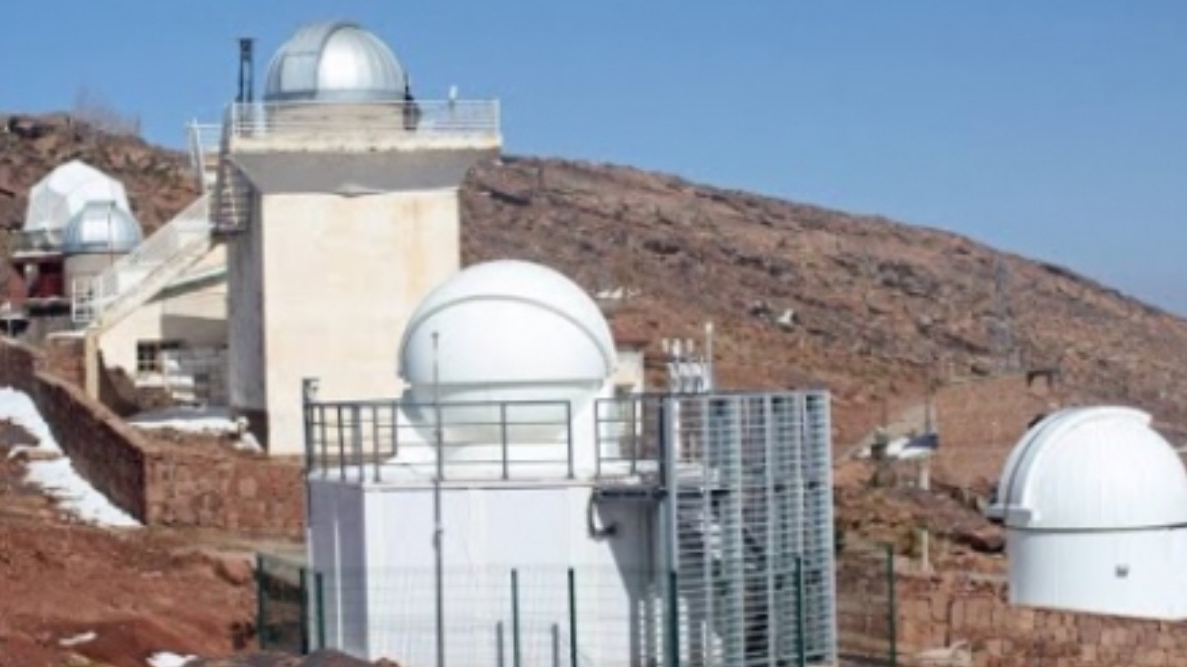Morocco’s Oukaimeden observatory has announced the discovery of the previously unknown supernova remnant “G115.5+9.1”, now named “Scylla”.
Located in the constellation Cepheus, not far from the famous CTA1, this remnant stands out for its very high galactic latitude and the exceptional delicacy of its H-alpha filaments, which had long evaded detection by radio, X, and gamma-ray instruments, according to a press release from the astronomical observatory.
This discovery was made possible thanks to the excellent quality of the sky at the Oukaimeden Observatory, whose high altitude (2,750 m), low light pollution, and atmospheric stability provide some of the best observing conditions in the world, the press release explained.
These conditions enabled long and detailed observations over 29 nights, essential for revealing the extremely faint structures of the remnant, it noted.
The observatory further explained that the project is part of the ProAm (Professional-Amateur) program, aimed at fostering close collaboration between professional and high-level amateur astronomers.
Thanks to this cooperation, celestial objects of great subtlety, such as “Scylla,” can be identified, studied, and revealed to the scientific community.
“Scylla,” named in reference to the Greek mythological creature with formidable tentacles, is impressive with its filament-like geometry, resembling the arms of a cosmic monster frozen in interstellar matter.
The observatory noted that “this choice of name highlights the beauty and silent threat of these stellar remnants, where the violence of a supernova gives way to a complex and elegant structure.”
Alongside it, a second object was identified: a previously unknown planetary nebula candidate, named “Charybdis” (Sai2), in a nod to the myth of Ulysses caught between “Scylla” and “Charybdis.” The Observatory highlighted that this dual discovery adds both a visual and symbolic enrichment to the recorded region.
This scientific advancement confirms the leading role of the Oukaimeden Observatory in the global astronomical landscape and also highlights the dynamic nature of the ProAm cooperation, which has already led to several discoveries and publications since its inception. The statement concludes by reaffirming the Observatory’s commitment to supporting and developing this international synergy, a driver of open, inclusive, and innovative science.



